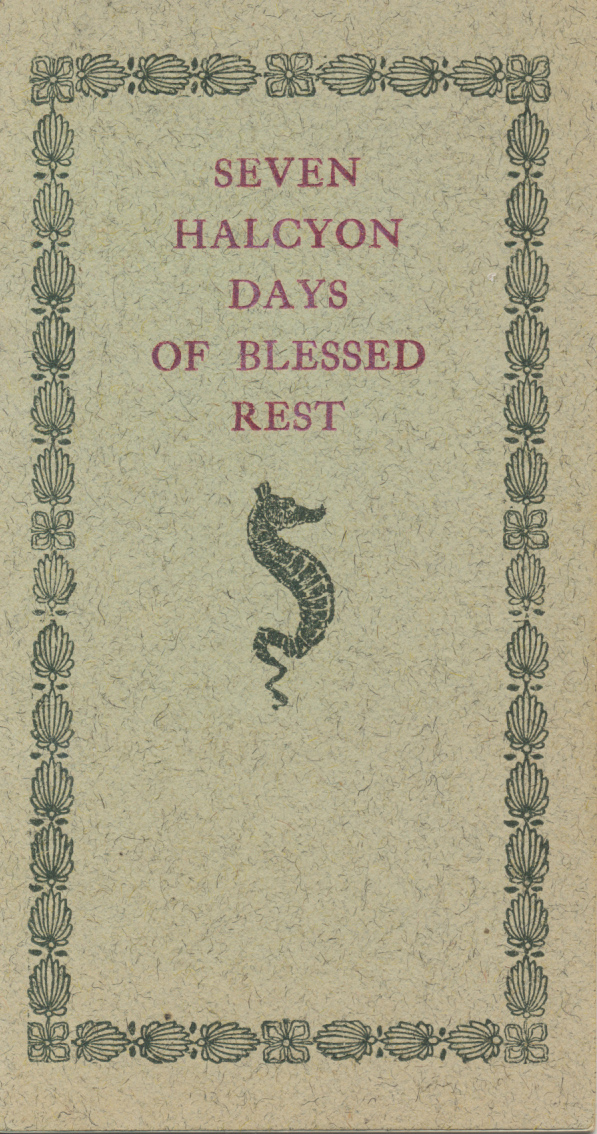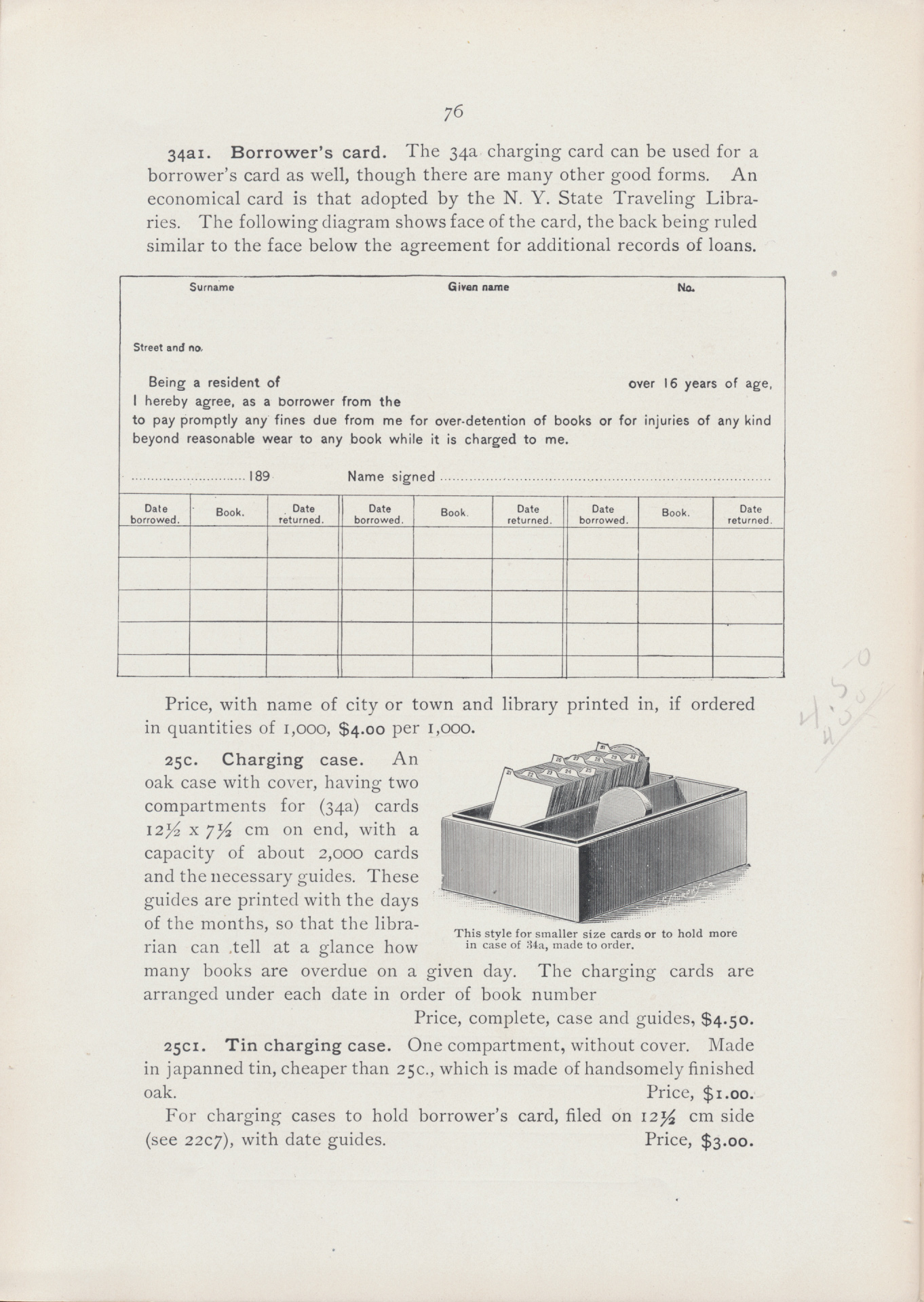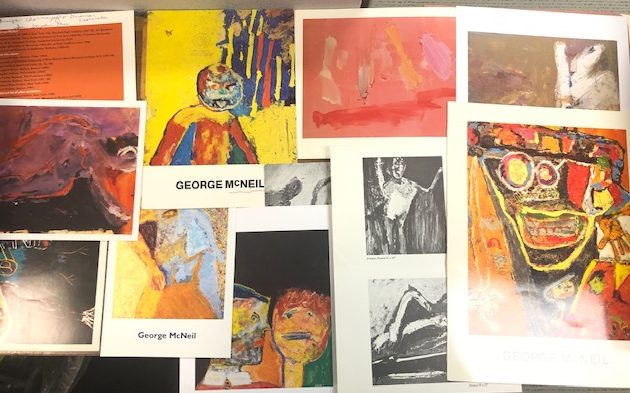While the Smithsonian is referenced all the time in popular media, nothing goes hand-in-hand with the world’s largest museum complex quite like the world’s largest film franchise: the Marvel Cinematic more »
Smithsonian Libraries and Archives / Unbound
Are you dreaming of summer vacation? Do you eagerly read guidebooks or search online to learn about cities and sites you’ll visit? How did tourists in the late 19th Century more »
This post first appeared on the Smithsonian Institution Archives’ blog. While Thomas W. Smillie is known as the Smithsonian’s first and chief photographer from 1871 to 1917, it is less known more »
This post was originally featured on the Biodiversity Heritage Library blog. In the last decades of the 19th century, a monumental publication on the biodiversity of Mexico and Central America more »
Curious about our conservators’ favorite books or trickiest treatments? While they’ve had to step away from the bench during the pandemic, our Preservation Services staff have been hard at work more »
What products or materials come to mind when you think of libraries? The obvious things might be books and shelving, but to keep a library functioning other items are needed as well. Supplies for circulating and tracking books and identifying ownership of books remain largely behind the scenes but are just as important.
This post was contributed by Natalia Addison, 2020 spring intern with the American Art and Portrait Gallery (AA/PG) Library and a recent Master of Science in Information and Library Science graduate from Clarion University.
Working at the prestigious Smithsonian Institution has always been a dream that I’ve held. Thus, obtaining an internship at the American Art and Portrait Gallery Library (AAPG Library) in the spring of 2020 was a manifestation of that dream. Here, I learned how to process and select materials for the Art and Artists File Collection. I learned how to do intensive art research on artists, and learned when, why, and how to add new items to those artist files. I learned preservation practices, analysis techniques, and was able to expand my knowledge about the artists. I was able to use the knowledge I gained through my courses at Clarion University to serve patrons through an unfamiliar integrated library system. It is through this opportunity that I found what I suspected all along to be true: that I want to continue to pursue my dream of becoming an art librarian.







